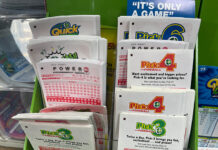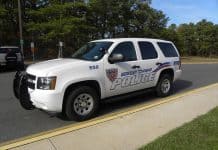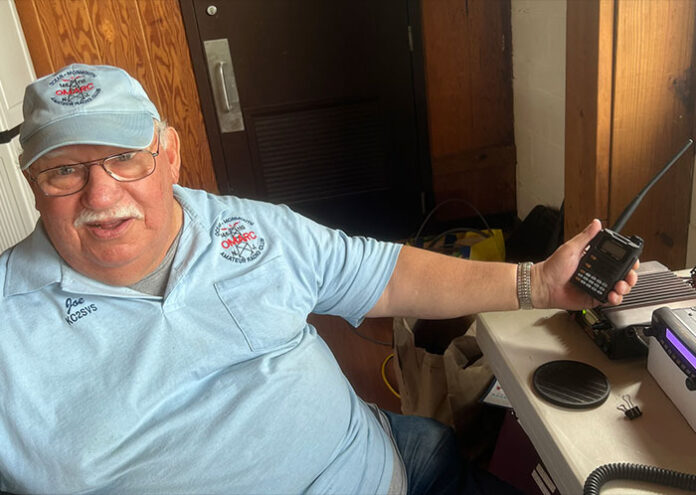
HOWELL – Avid members of the Ocean-Monmouth Amateur Radio Club (OMARC) forged connections across the map in a thrilling 24-hour event held at Echo Lake Park.
For the third year in a row, OMARC chose Howell as the location for its Annual Field Day. The event was part of the “Amateur Radio Relay League Field Day Operation,” coordinated by the National Association for Amateur Radio. Over 40,000 ham radio operators from North America communicated from temporary transmitting stations in public areas during the same designated time period.
The gathering united a community of individuals who shared a profound passion for ham radio operations and recognized its crucial significance during times of crisis.
“Field Day is both an exercise and a contest,” explained OMARC’s president, Scott Thompson. “It’s an exercise as to what would happen if we didn’t have power or cell service.”
The contest aspect of the event focused on the primary objective of establishing communication with as many stations as possible. Emphasizing the importance of emergency preparedness, amateur radio enthusiasts prioritize skill development to handle challenges effectively. Additionally, they strive to raise awareness among the general public about the capabilities of amateur radio.
“This little radio is picking up Portugal,” Thompson pointed out. “There’s a ham in Portugal that’s sending a signal that’s in digital format. I can enable it to try and contact and transmit back and forth.”
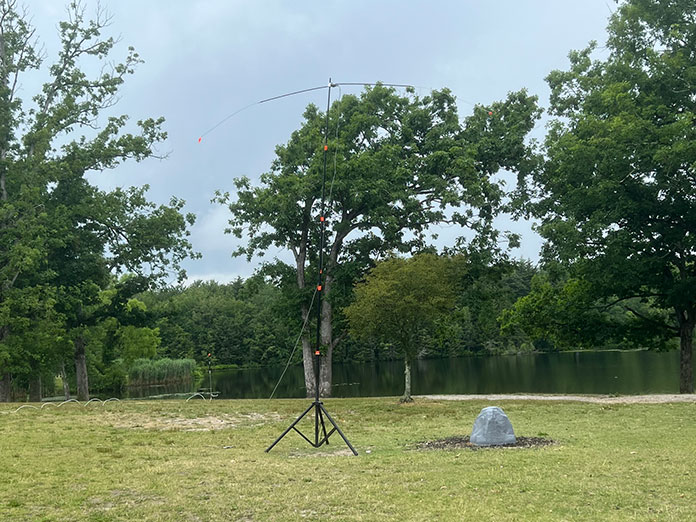
For many ham radio operators, pursuing their hobby is an engaging pastime and a source of immense enjoyment. Meanwhile, OMARC’s sixty members also understand the pivotal role they might play as backup communicators during times of disaster.
OMARC member Matt Capozzoli pointed out that ham radio operators played a significant role in Hurricane Katrina and then more locally when Superstorm Sandy hit New Jersey.
“When everything went out, the only people who made contact were people like us,” said Capozzoli. “We relate information to police departments and fire departments.”
Joe Kruszewski, a 20-year veteran ham, said he was initially drawn to the form of communications when he worked for New Jersey Natural Gas. As a member of the company’s Community Emergency Response Team (CERT), Kruszewski participated in exercises with the Office of Emergency Management.
“The company had some ham radio equipment,” Kruszewski shared. “The guy who bought it was not licensed to use it to the full capability.”
When Kruszewski learned that no one was licensed to operate at a high frequency, he decided to study and take the test.
Unlike CB radio users who can operate their radios without formal training or licensure, ham radio operators must obtain a license from the Federal Communications Commission (FCC). This licensing process involves passing an examination that evaluates their knowledge of radio regulations, operating procedures, and technical concepts.
“When I first got my license, you also had to do Morse code in order to get your license,” shared Thompson. “Once you get your license, you’re allowed to operate on a significant amount of radio frequencies in all different formats.”
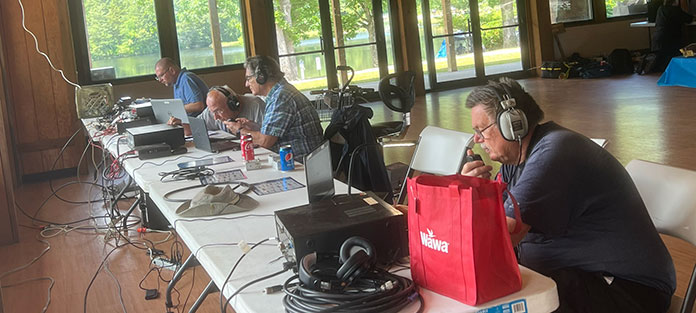
In the span of the designated 24-hour period, local hams at last weekend’s event made an impressive reach that extended across the United States, with transmissions reaching as far as Hawaii. They also established multiple contacts in Canada and connected with operators in different European countries.
While most of the connections were made from inside the building situated within the park, a couple of ham radio operators worked from a tent set up on the lake. As Morse code experts, they needed a quiet atmosphere to hear the faint “dits” and “dahs.”
The event included at least one challenge. When an electrical storm struck the area, the group decided to temporarily suspend the exercises as a precautionary measure.
“We set up antennas and operate in the rain,” Kruszewski said. “But if there’s thunder and lightning, we have to disconnect everything. A lightning bolt can hit the antennas, come right down the wires, and fry the radio and operator.”
From voice transmissions to Morse code and digital modes, ham radio operators have access to diverse communication methods. This versatility enables them to adapt to different situations, such as during emergencies when specific frequencies or modes may be more effective in transmitting vital information. During the event, OMARC members made over 1,000 total connections.
According to the National Association for Amateur Radio, licensed ham radio operators range in age from 9-100. There are no restrictions on age when it comes to licensure.

Engaging with the amateur radio community reveals a unique aspect of their communication culture – instead of sharing their names, members often introduce themselves using distinct handles or call signs. For those in the United States, the FCC assigns the call signs once individuals receive license approval.
A novice ham radio operator could start with a nominal investment to purchase a radio capable of short-distance communication. However, the first step involves studying for the licensing exam and taking the test. There are three separate types of licenses that stay in effect for ten years.
One other important consideration – the law.

“There is a frequency chart of all the frequencies that a ham operator is allowed to use,” shared Kruszewski. “If you go outside of the group or go between those frequencies, you’ll have a policeman at the door along with an FCC agent.”
“They’ll be taking your radio away and possibly giving you a $20,000 fine,” Kruszewski continued. “They could be sending you to jail. That’s why you take a test to learn the rules.”


